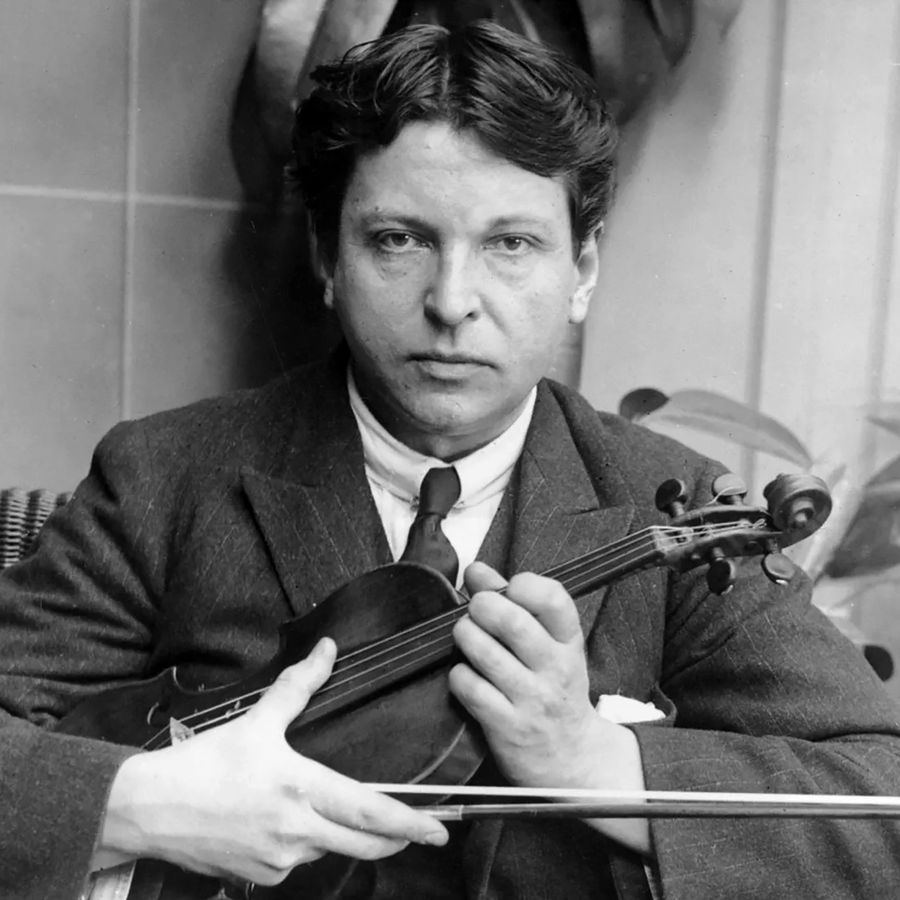
George Enescu
Masterpieces from the 20th century:
Octet op. 7 (for string octet)
George Enescu’s first major composition was the Octet for strings, divided into four movement of such length ‘that each of them was likely at any moment to break’. Although Enescu follows in the footsteps of Felix Mendelssohn, who in 1825 wrote his Octet, which served as a model for later composers, he also breaks new ground, pushing the genre in new directions. Enescu’s Octet is a true ensemble piece, with no solo violin taking centre stage, as in Mendelssohn’s Octet. The eight voices are constantly in dialogue with each other, and take turns in taking the lead.
The composer had not made it easy for himself or his listeners. Enescu himself described his work as cyclical, which basically means that the various themes recur in all movements in one way or another, but that is only half the story. While the four movements have their own distinct character, the work as a whole can be seen as a grand sonata form, lasting over forty minutes. After the elaborate opening movement with fragments of Romanian folk music, the two middle movements follow, in which variations on the thematic material emerge and the composer seems to be getting further and further away from his familiar home turf. The finale is a sensual waltz.
Text compiled from contributions by Joep Stapel and Paul Janssen





